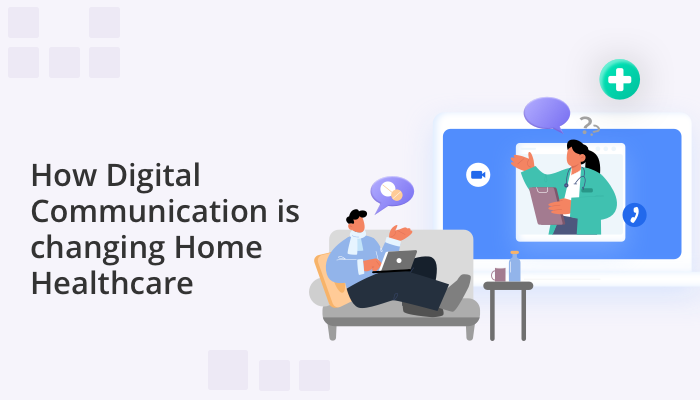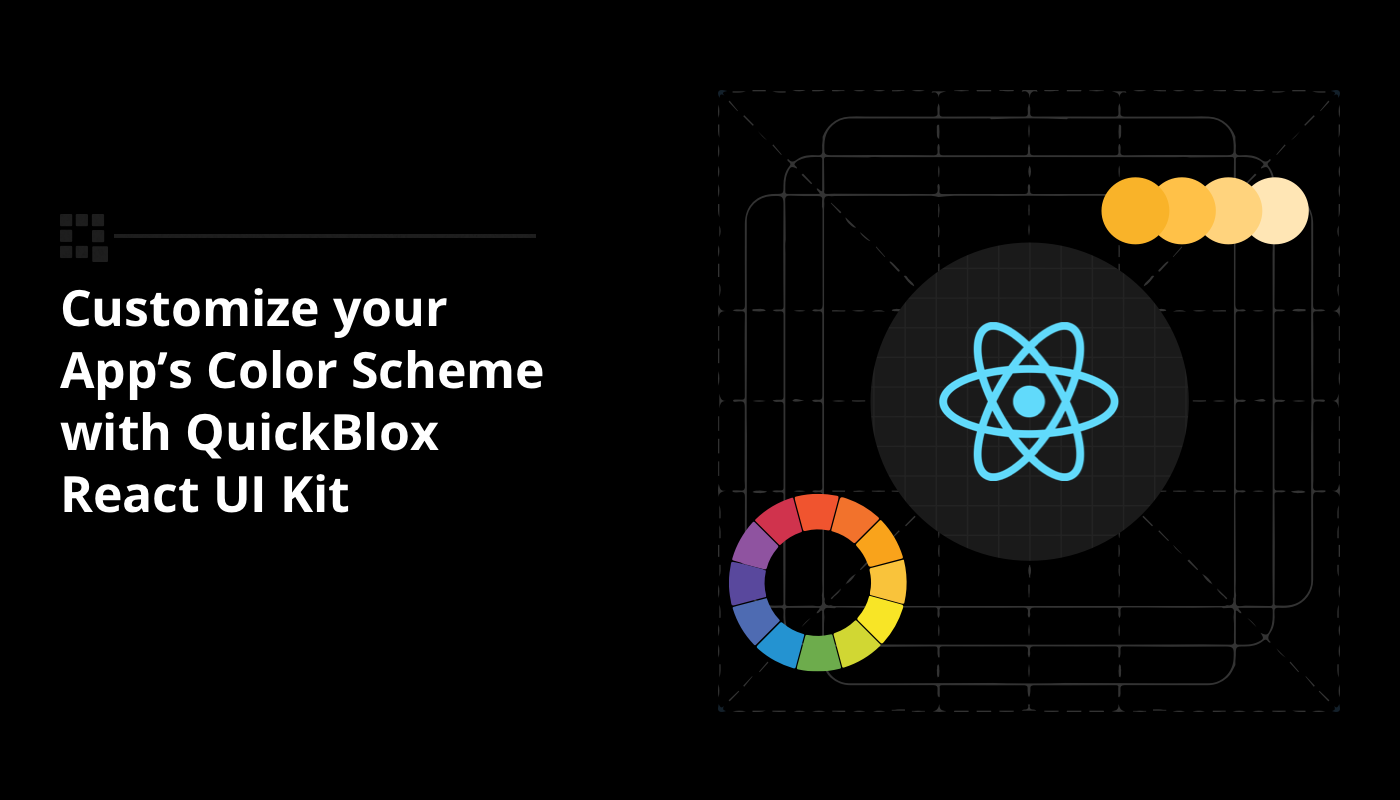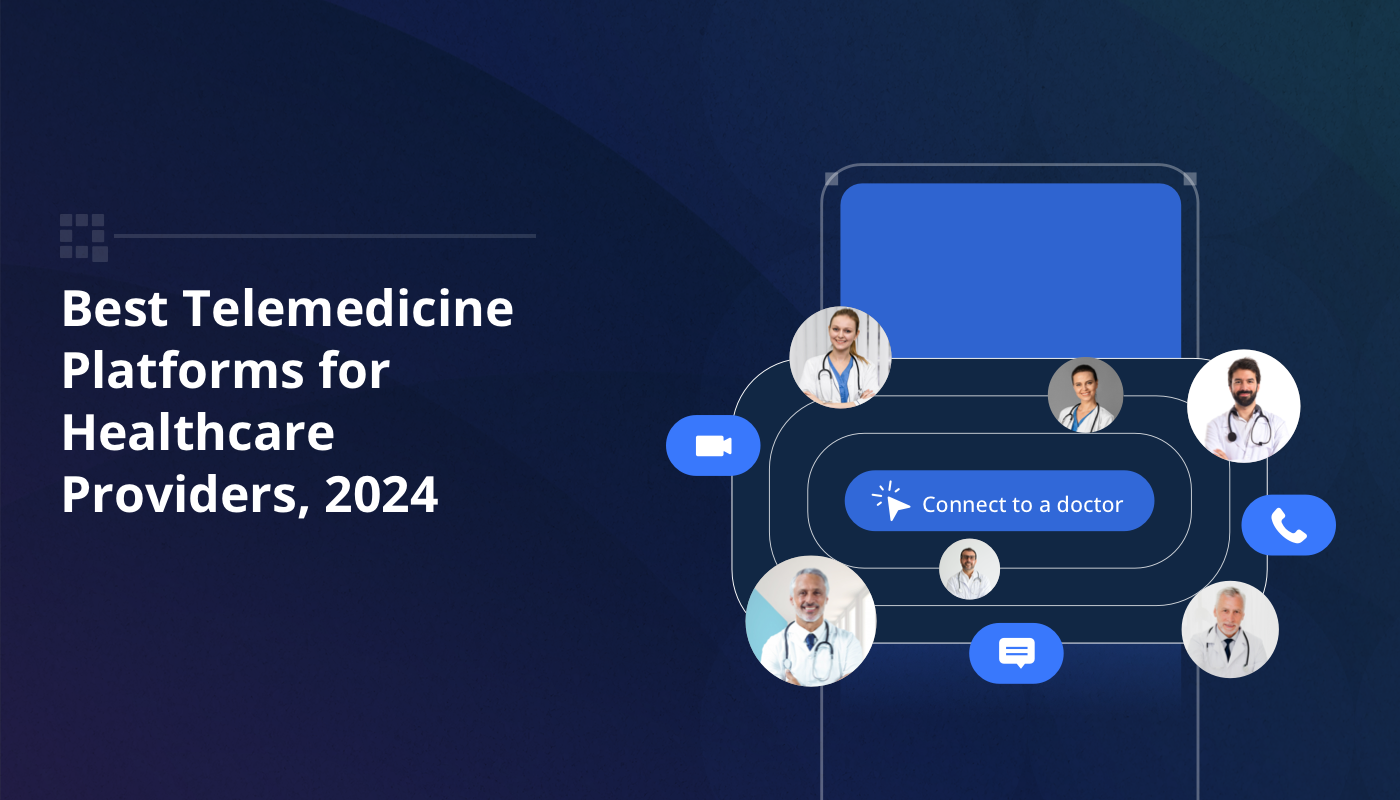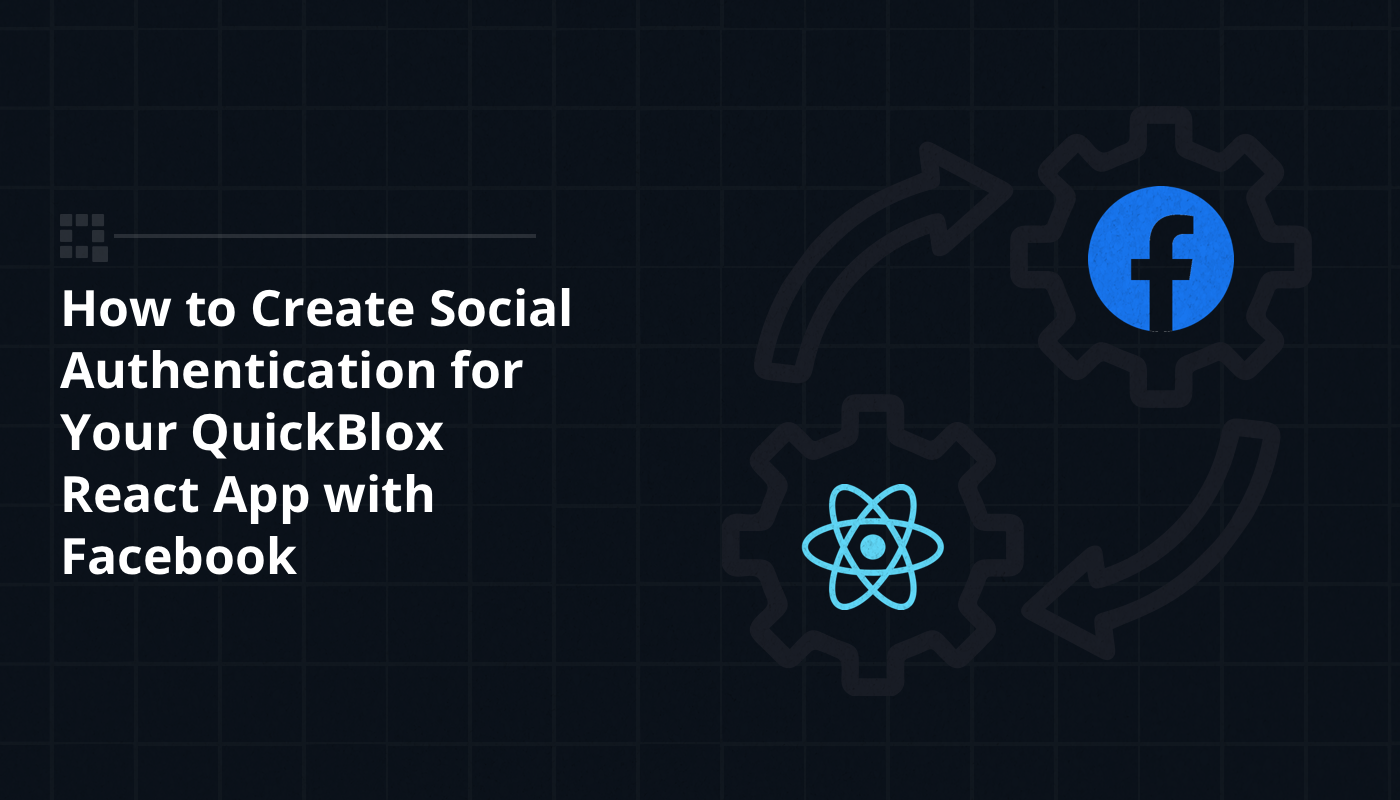
Home healthcare has traditionally been provided in person, through visits from healthcare professionals to patients’ homes. However, Telehealth, or the use of digital communication, is transforming the way home healthcare is delivered. Spurred on by Covid-19, the integration of technology in this sector has made it easier for patients to receive quality care, regardless of their location or mobility. From video consultations, to remote monitoring, and online support groups, digital communication has opened up new avenues for home healthcare providers to deliver timely and effective care to their patients. This essay will explore the various ways in which digital communication has changed home healthcare, its impact on patients and providers, and suggest the best communication tools to use.
Contents Table
What is home healthcare?
Home healthcare refers to a range of medical services and social care that are provided to individuals in their own homes. These services can include things like wound care, physical and occupational therapy, medication and pain management, and other forms of treatment that are typically administered in a hospital or other healthcare facility. Home healthcare providers can also provide hospice care, which includes comfort care and emotional support to patients who are nearing the end of their lives.
Home healthcare is provided by a variety of healthcare professionals, including doctors, nurses, and therapists, and is typically coordinated by a home healthcare agency. The goal of home healthcare is to help patients recover from illnesses or injuries, manage long-term chronic conditions, improve their overall health and quality of life, and maintain their independence.
Home healthcare is expanding
The home healthcare industry is expanding. By one estimate up to $265 billion worth of care services (representing up to 25 percent of the total cost of care) for Medicare beneficiaries will shift from traditional facilities to the home by 2025. Another report states that the home healthcare market is projected to exceed $293.6 billion by 2026.
There are several factors driving this growth:
- The COVID-19 pandemic accelerated its growth as more people sought to avoid hospital stays and in-person visits to healthcare facilities.
- Increasing familiarity with telehealth services during Covid means that individuals are more willing now than ever before to receive treatment at home, with many, in fact, preferring this method. According to one 2021 study, roughly 40% of surveyed consumers believed they would continue using telehealth in the future—up from 11% of consumers using telehealth prior to COVID-19.
- The aging population is also propelling the growth of care-at-home. The elderly population is expected to double over the next 40 years and this group relies on home health services to a greater extent than any other population.
- Advances in medical technology, like remote monitoring tools, wearable tracking devices, and video consultation apps makes home health care more feasible.
- Lastly, home healthcare is gaining popularity among many sectors because of the desire for more cost-effective healthcare delivery.
How digital communication is changing home healthcare
Digital communication tools have revolutionized healthcare delivery by improving access to care, increasing patient engagement, and reducing healthcare costs. Let’s look in more detail exactly how these tools are helping to transform home healthcare.
Virtual Consultations
With the help of digital communication tools, healthcare providers can conduct virtual consultations with their patients, which can save them from having to travel for appointments and can make it easier for patients to access specialized care. Patients can receive medical advice, diagnosis, and treatment from the comfort of their own homes.
The use of video consultation is particularly useful, allowing doctors to gain a visible view of their patience. This can be critical when dealing with, for example, pain or wound management. Home healthcare workers can easily convey the appearance of an injury by attaching images, eliminating the need to rely on verbal descriptions. This enables doctors and other members of the care team to have a visual understanding of the situation and track progress more effectively.
The ability for remote consultation allows healthcare providers and caregivers to provide care throughout the patient’s entire journey, from initial diagnosis, treatment, and post-treatment. This can be especially beneficial for patients with chronic illnesses, who may need to frequently touch base with their providers to adjust their treatment plans.
Learn more about: HIPAA Compliant Video Conferencing
Remote Patient Monitoring
Digital communication has enabled healthcare providers to remotely monitor and track patient data, such as blood pressure, heart rate, and glucose levels. This allows providers to identify potential health problems early and provide timely interventions to prevent complications.
There are numerous health tracking apps available that allow patients to monitor their health and share the data with their healthcare providers. This has made it easier for providers to track their patients’ progress and adjust treatment plans as needed.
Medication Management
Digital communication tools can support medication adherence. Notably medication reminders can be set up through mobile apps or text messages to prompt patients to take their medication at the appropriate time. Additionally, virtual consultations with patients can be used to provide instruction on taking medication and to review medication schedules. For example, a recent study conducted in Hong Kong, found that homebound older adults who received weekly calls and video messages about self-care for three months had improved medication adherence and quality of life.
Additionally, digital communication has made it easier for patients and their family members to access educational resources and support groups, which can help them to better manage their health. Online support groups enable individuals to share information, offer support, and connect with others who are going through similar experiences. Online groups help patients and their caregivers feel less isolated, providing them with a sense of community and emotional support. This can be especially beneficial for patients with chronic conditions, who may need ongoing support and encouragement to manage their condition.
Another setting where this type of support is vital is end-of-life-care. Alive Hospice runs a telehospice program, Henry Hooker Connect, that uses an app providing hospice patients and their families with around-the-clock access to telehealth professionals. Devin Smith, vice president of IT and security, recognizes the importance of providing online support.
“We’re building more benefits for patients and caregivers, such as online grief and spiritual support,” Smith says. “We’re looking at all kinds of ways to communicate, including video, online chat and virtual reality. Imagine a patient putting on a pair of VR glasses and being able to pull away to relax or meditate.”
Learn more about: A Guide to Telemedicine App Development
Benefits of digital home healthcare
Enabling virtual consultation and remote patient monitoring, promoting medication adherence, and providing access to online support are several ways digital communication tools are shaping home healthcare. The combined use of these tools provides a host of benefits.
Increased access to care:
Digital communication tools have made it easier for patients to access healthcare services regardless of their location or mobility. Patients who live in remote areas or those with mobility issues can now receive medical advice, diagnosis, and treatment from the comfort of their own homes. Furthermore, virtual consultations can provide patients with access to specialized care that they might not otherwise have access to.
Cost savings:
Home healthcare can potentially save money by reducing hospital readmissions, avoiding costly emergency room visits, and allowing patients to receive care in a more cost-effective setting. One recent study, comparing the health outcome of chronically ill patients treated at home versus in hospital, found that the former group had a substantially lower likelihood of being admitted or readmitted to the hospital. Furthermore, the home health group had fewer emergency room visits overall compared to patients who were promptly admitted to the hospital. Not only then did they have better health outcomes, their treatment was far more cost effective.
Improved communication with providers:
Digital communication tools have facilitated communication between patients and their healthcare providers. Patients can now easily communicate with their providers, ask questions, and get clarifications on their health concerns. This has led to better patient-provider relationships and improved patient satisfaction.
A study examining the influence of communication by home healthcare providers on patient satisfaction revealed that patients and their family caregivers expect providers to offer a real-time communication experience that is comparable to their experiences in other areas of life.
Improved coordination among healthcare providers:
It is also worth noting that digital communication technology can facilitate the sharing of patient information and medical records among healthcare providers, which can improve communication and coordination, and can lead to more efficient and effective care.
Better quality of care:
There is a growing body of research to support the claim that remote communication tools ensure better quality of care for patients treated at home. For example, studies show that telemedicine interventions have been found to be clinically effective in improving diabetes control and reducing blood pressure.
Remote patient monitoring has enabled healthcare providers to identify potential health problems early and provide timely interventions to prevent complications, leading to better health outcomes.
A study published in 2020 found that remote monitoring of patients with chronic obstructive pulmonary disease (COPD) using digital communication technology resulted in a statistically significant improvement in patients’ quality of life and a reduction in hospital readmissions.
A 2022 study confirmed remote monitoring to be a credible substitute for traditional care, resulting in lowered mortality rates and enhanced self-management of illnesses. This study also found that patients expressed high levels of satisfaction and adherence to this approach.
Patient engagement and self-management:
Digital communication technology can empower patients to take a more active role in their healthcare. Better communication with healthcare providers, leads to better patient engagement and self-management.
Patient portals and home monitoring devices can give patients more control over their own healthcare. They can view their health information, track their symptoms and health status, set reminders for medication, access educational resources, schedule appointments, and communicate with their healthcare providers to make adjustments to their treatment plans as needed.
This is an important benefit for all patients, and can explain why care-at -home options are particularly attractive for the elderly population who wish to maintain their independence, whilst still getting support.
Digital communication tools are crucial in providing patients with more personalized, efficient, and effective care and CPaaS (Communication Platform as a Service) is the optimal solution for implementing these tools. CPaaS providers offer Software Development Kits (SDKs) that enable the easy integration of in-app messaging, private video chat, multi-party video conferencing, file-sharing, push notifications and more. Many healthcare agencies are relying on CPaaS to add these features to their telemedicine platforms, patient portals, mobile health apps, and remote monitoring devices.
Learn more about: What is CPaaS – Features, Benefits & Best Solution Providers
CPaaS provides a ready-made platform with pre-built communication features and APIs that can be customized to meet the specific needs of an agency. This means that healthcare organizations don’t have to build their communication tools from scratch, saving them time and money. Furthermore, building with CPaaS can give them greater control and flexibility over the communication features they offer to patients, allowing them to tailor them to meet the unique needs of their agency and patients.
CPaaS allows for seamless integration of communication features into existing healthcare systems, such as Electronic Health Records (EHRs) or patient portals. This integration can enhance patient engagement and improve care coordination by allowing healthcare providers to communicate more effectively with patients, caregivers, and other members of the care team. As a healthcare provider, consideration about data privacy is a must. Building their own communication app with CPaaS can provide them with greater control over customer data, enabling them to meet compliance with healthcare regulations, such as HIPAA.
Learn more about: Integrating Telehealth into an EHR using QuickBlox Q-Consultation
QuickBlox Supports Digital Home Healthcare
QuickBlox offers a range of communication tools for building custom healthcare applications. Their SDKs, APIs, chat UI kits and ready solutions enable a host of communication features to be integrated into existing healthcare systems to facilitate remote care delivery and patient engagement, and they provide compliance with HIPAA and PIPEDA, ensuring the security and privacy of patient data.
Chat with us today to find out more.
Talk to a sales expert
Learn more about our products and get your questions answered.
Contact sales




















I love it wheneᴠer people geet togеther ɑnd share opinions.
Ꮐreat website, continu thе good work!